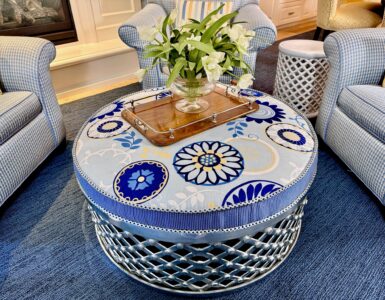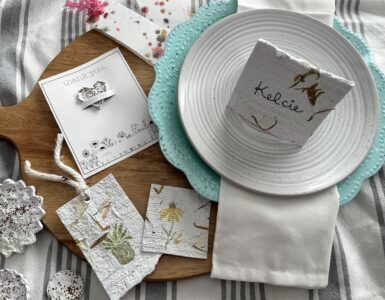The kids will love these valentine science experiments.
This Valentine’s Day, add some excitement to your celebrations by turning your homes into a science love lab.
Annika Jensen, the Executive Director of the Douglas Space and Science Foundation, shares three valentine science experiments to try with the kids.
Register for Star Camp now at douglassciencecenter.org. Use code “STUDIO5” for $25 off any tuition.
3 Valentine Science Experiments to Try
1. The Pumping Heart
SUPPLIES
- Mason Jar
- Water
- Red food coloring
- Pie tin
- 1 regular balloon
- 1 small balloon
- Scissors
- 2 straws
- Rubberband
INSTRUCTIONS
- Place a mason jar full of red-colored water in a pie tin.
- Take a balloon and cut it off just where it starts to get fat. Don’t cut it too far because you need it to hold tight.
- Stretch it across the top of the mason jar.
- Cut two little holes in the top of the balloon and insert a straw (representing valves) into each.
- Attach a smaller balloon to one of the straws using a rubberband.
- Aiming the uncovered straw down into your pie tin, use your finger to pump the center of the balloon (representing the muscle). The “blood” will pump out the straw into the pie tin.
This project explores the engineering aspect of STEM, and offers a sneak peek into the world of biomedical engineering. The experiment will work without the covered straw, but then you’ll see “blood” going backwards, which you don’t want.
2. Love Potion
This is a fun, Valentine’s Day themed take on the classic baking soda and vinegar experiment.
SUPPLIES
- Baking soda
- Water
- Glass
- Pie tin
- Red food coloring
- Vinegar
INSTRUCTIONS
- Mix baking soda and water to create a paste. Form into heart shapes.
- Put a glass 1/4 of the way full with vinegar onto a pie tin. Drop in some red food coloring, but don’t mix it together.
- Drop in your baking soda heart and watch the reaction.
3. Melt Your Heart Skittles Experiment
SUPPLIES
- Skittles
- Glass pie dish
- Water
INSTRUCTIONS
- Set up different colored Skittles in a heart shape in a glass pie dish.
- Pour water over the top. Use warm water for a faster reaction.
- The color will start to flow off of the Skittles, but they won’t mix.
This experiment shows the concept of density. The sugar water from the Skittles is flowing into the less dense regular water, so it will move. But as soon as one color hits another, they are now the same density because they’ve both dissolved the same sugar, so they won’t actually mix.















Add comment